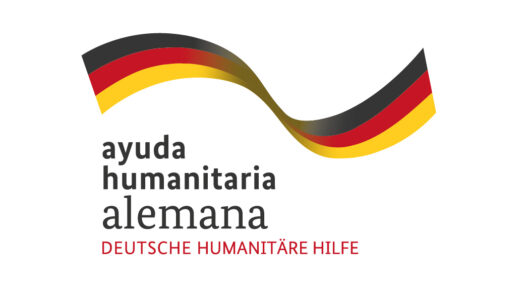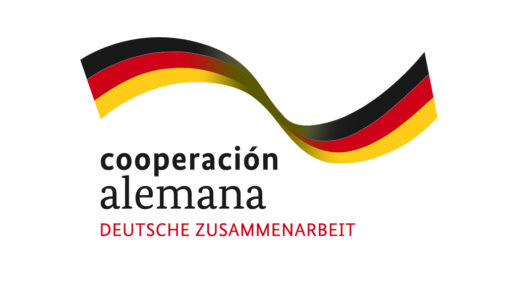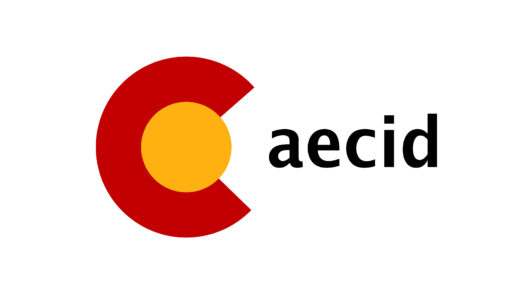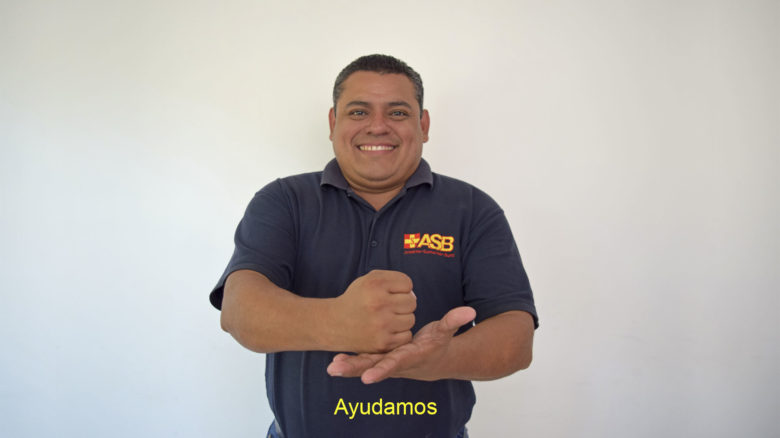


Learning Nicaraguan Sign Language
During the month of February 2017, the staff of the ASB Regional Office in Latin America received intensive classes of Nicaraguan Sign Language.
History
Nicaraguan Sign Language is a unique language that was created as a product of the entire deaf community, elaborating the signs, drawing the illustrations, reviewing the different variations and grammar, based on the community and culture of Nicaragua.
It is worth noting that the deaf community in Nicaragua is the first to use the term "language" to identify their language, identifying it as a way of communicating fully, completely and without reservation.
Sign language (also known as ISN) was born in 1980, when hundreds of deaf students enrolled in countless public schools. At that time, the teaching philosophy emphasized speech and writing, so deaf students were not able to communicate with their teachers and classmates in an ideal way, nor understand some subjects, since until then deaf people communicated with "home signals" at home, with their parents and hearing siblings.
The language evolved, when together in schools, students communicated with home signs, starting to make gestures and gradually creating a language, from signs that were characteristic of other deaf people. The youngest children, exposed to the language created by their peers, used it as an input to learn their first language: Nicaraguan Sign Language.

Over the years, signs have been added, and the first ones that were created have also been shaped and improved, making it a coherent, complex and functional language.
A commitment to building our office as an inclusive workplace
ASB is committed to persons with disabilities. We are responsible for creating products, experiences and spaces that are accessible to all, by and for people with disabilities. Therefore, during the month of February, as collaborators of the ASB Regional Office in Latin America, we received intensive classes in Nicaraguan Sign Language.
On the first day of class we met Francisco, our teacher, who is deaf, and his translator, Perla, who is hearing. At the beginning of the lessons, we understood that the dynamic would be that the teacher would show us the correct way to perform a sign and Perla would translate its meaning orally. We quickly learned the alphabet, the most complex part of that lesson being the gestures we made with our hands, since our fingers were not used to so much movement.
The next day of classes, we were surprised, since Perla the translator was making other arrangements, and did not attend classes, being the first day the only one that we would see her. As the class developed, we realized that, without the translator, we were paying more attention to the gestures and signs that the teacher was showing us. Through "homemade signs", the alphabet learned, and writing on the whiteboard, we got to know Francisco, engaging in conversation with him and becoming familiar with how to convey messages through signs and relate words to their meaning and cultural background.
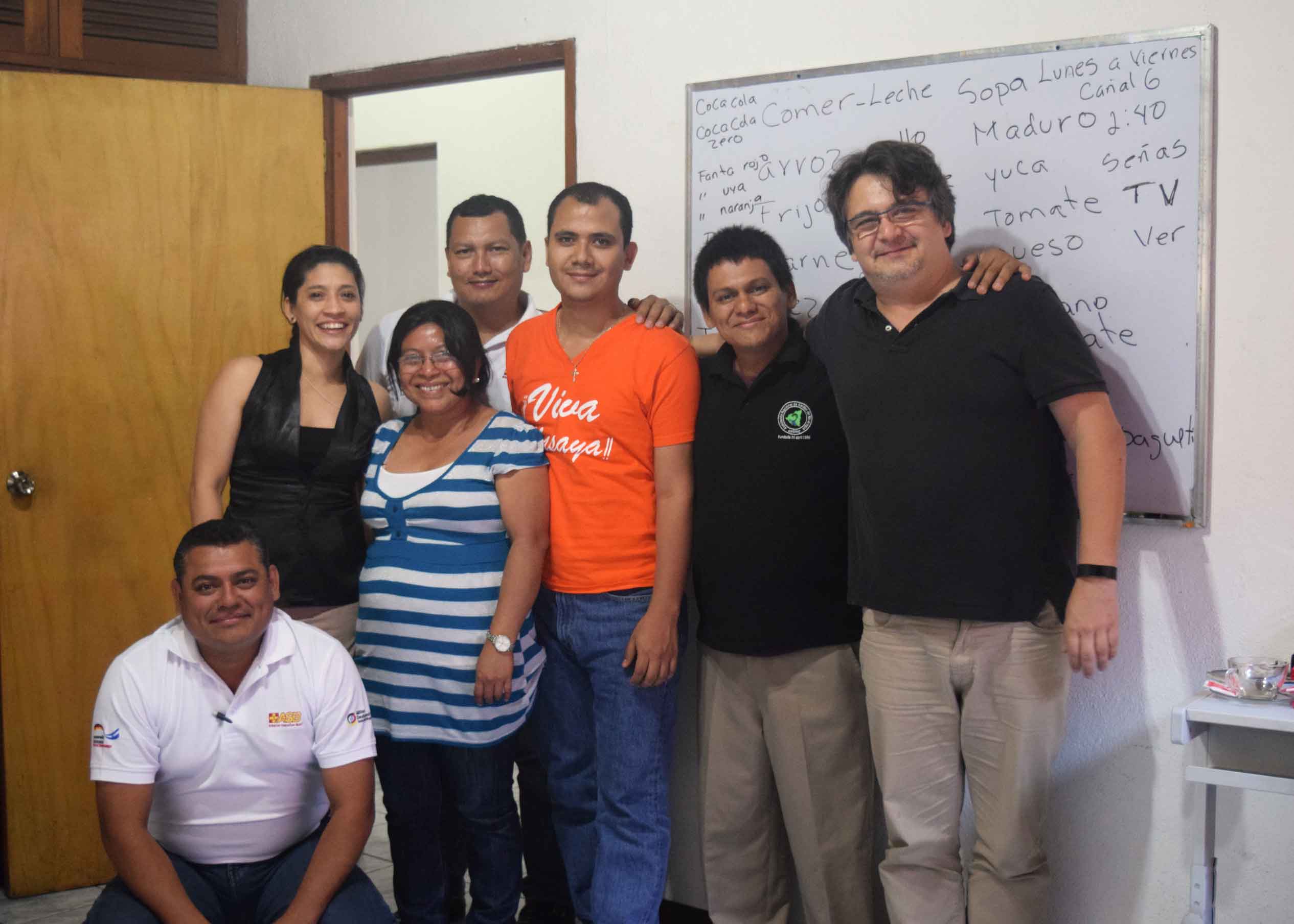
To conclude the last day of classes, we had lunch with our teacher. During the lunch, the laughter, and the talks, we realized that the importance of knowing Nicaraguan Sign Language, in addition to knowing other realities and making new friends, is to be able to include everyone in the same conversation..

